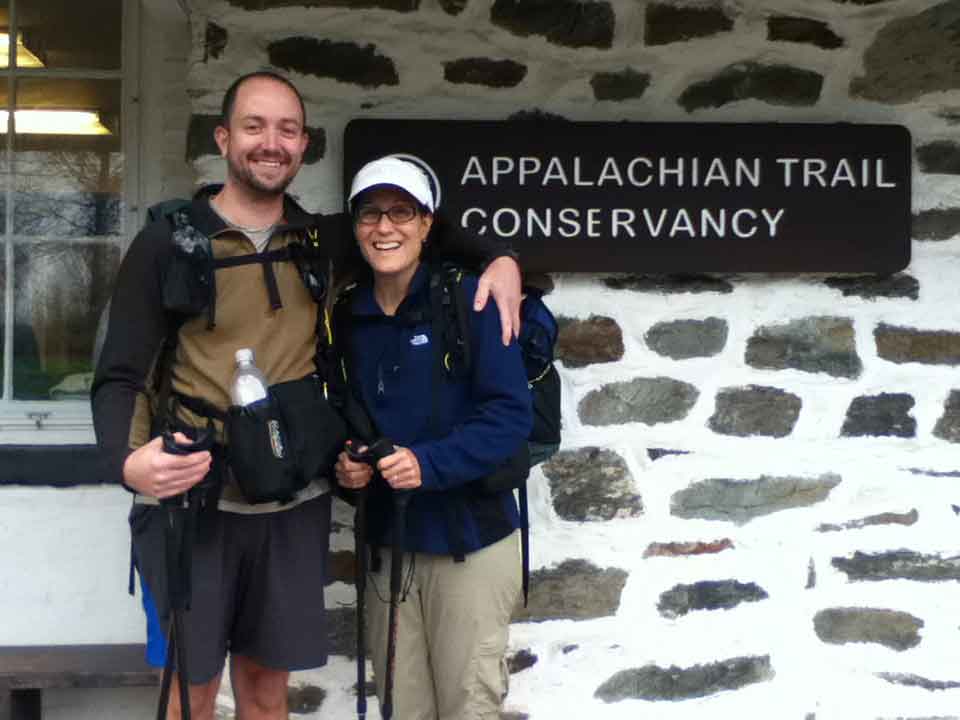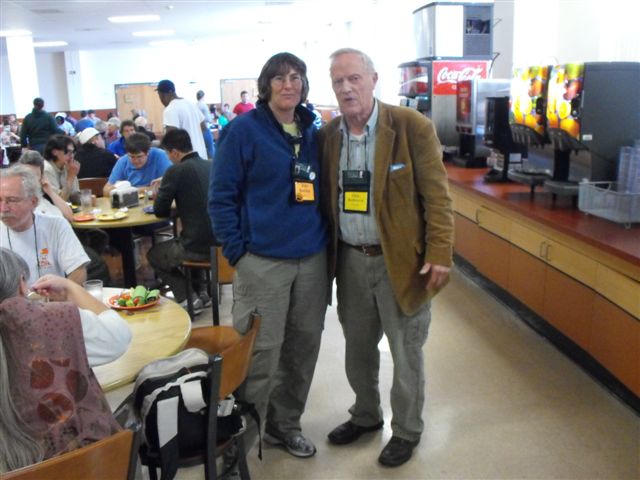REVIEW
"A GUIDE TO THE GEOLOGY OF BAXTER STATE PARK AND KATAHDIN." Douglas W. Rankin and Dabney W. Caldwell. Maine Geological Survey, Department of Conservation. $10.
The department evidently takes seriously the proverb that we can only conserve what we love, and we can only love what we understand. Not long ago, I reviewed Gawler and Cutko’s bountiful "Natural Landscapes of Maine" in these pages.
Now comes "A Guide to the Geology of Baxter State Park and Katahdin," a pragmatic book that will appeal to the casual as well as the expert rock hound.
In the case of Baxter Park, of course, love and conservation are already there, but understanding will surely deepen the awe we already feel by merely watching Katahdin in the distance.
The book is a serious revision of D.W. "Dee" Caldwell’s earlier work that reflects advances in our understanding of the origins of the Appalachians over the 40-odd years since it was last published. Caldwell, well known to amateur geologists for his "Roadside Geology of Maine," died in 2006, and the task, including writing a new section on bedrock geology, was taken up by Douglas Rankin, scientist emeritus at the U.S. Geological Survey.
The result masquerades as a modest pamphlet such as one might purchase at any visitor center of a natural wonder. Don’t be fooled. It is a tough slog, and that’s without climbing Percival Baxter’s mountain.
But let me be clear: The writers have done everything they can to smooth the way and help the reader through what amounts to an advance course in geology.
If understanding is the key to conservation, the key to understanding is good clean presentation, both graphic and literary. Written with clarity, which is unusual for a fairly technical work, "A Guide" should thoroughly reward anyone with an interest in our planet’s ancient history.
Starting from the definition of the meanest terms of art ("A rock is a naturally formed solid, consisting of an aggregate of minerals and (or) naturally occurring glass"), we are taken on a journey through the mind-bending complexities of vast forces tangling with each over unimaginable time spans.
The bulk of the text is devoted to the two major events that gave us Baxter Park’s iconic landscape: its emergence out of the earth’s bowels 400 million years ago, give or take; and then, fast-forwarding to a mere 2½ million years before our own times, the scouring of the glacial period.
The first produced the raw model, the second gave it the final polish. A 1:100,000 geological map accompanies each section, which is a significant (and beautiful) aid to following it all.
It must be admitted that to savor some topics requires a higher degree of specialization than an amateur reader is likely to possess. I am not sure how many people can get excited over the biggest controversy in the book, "whether mountain glaciers persisted in the cirque valleys of Katahdin after the continental ice sheet had retreated to the north." However, for those who can, the case for each point of view is lucidly made.
On the other hand, the casual reader can expect to come across delightful little flourishes, such as: "Baxter Park must have been an exciting place for a time in the Early Devonian — although one would not want to have been anywhere close to it."
The writers calculate that volcanic explosions produced 80 cubic miles of ash flow; by way of comparison, "the devastating 1980 eruption of Mt. St. Helens was less than one tenth of a cubic mile." Pointing up the fact that sea level has risen in the last 25,000 years, mammoth teeth have been found "far enough from shore that we may conclude that these elephants, notoriously poor long-distance swimmers, were able to walk there."
A final section, "Exploring Park Geology," takes the science and chronology and packs them into five suggested hikes around the park, organized to expound either glacial or bedrock formations.
Caldwell believed in "observation and instruction in the field" above all, and the authors do not neglect its practical aspects. If you are lost in the park, "knowing that hills and outcrops are usually steeper on the southeastern side than on the northwest can be a more reliable guide than looking for moss on the north side of trees." And of one of the trails they suggest, "ascent should not be attempted in bad weather if for no other reason than that part of the story is in middle distance views."
Again and again, Caldwell and Rankin make the twin points that geology is a lively science, and that we have an extraordinary geological feature in our own backyard. They have written an essential tool to help us explore it.
And locked in them thar hills are plenty of answers to life’s persistent questions awaiting discovery.















